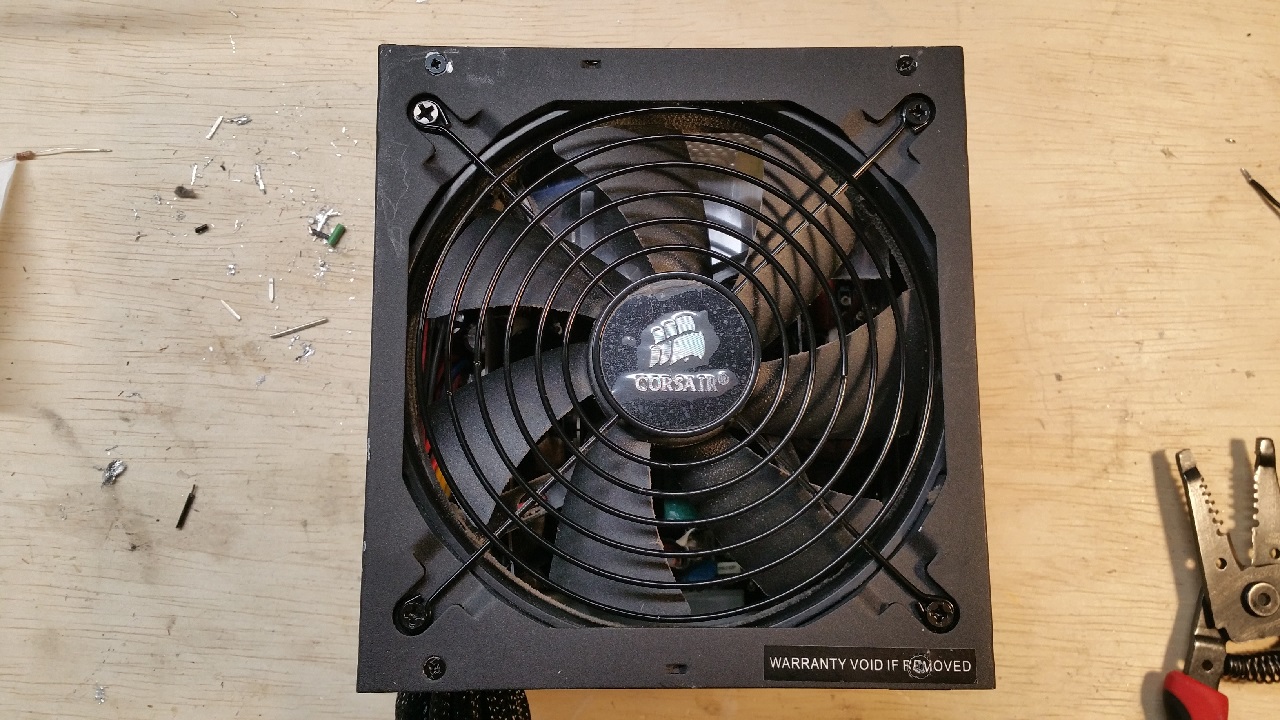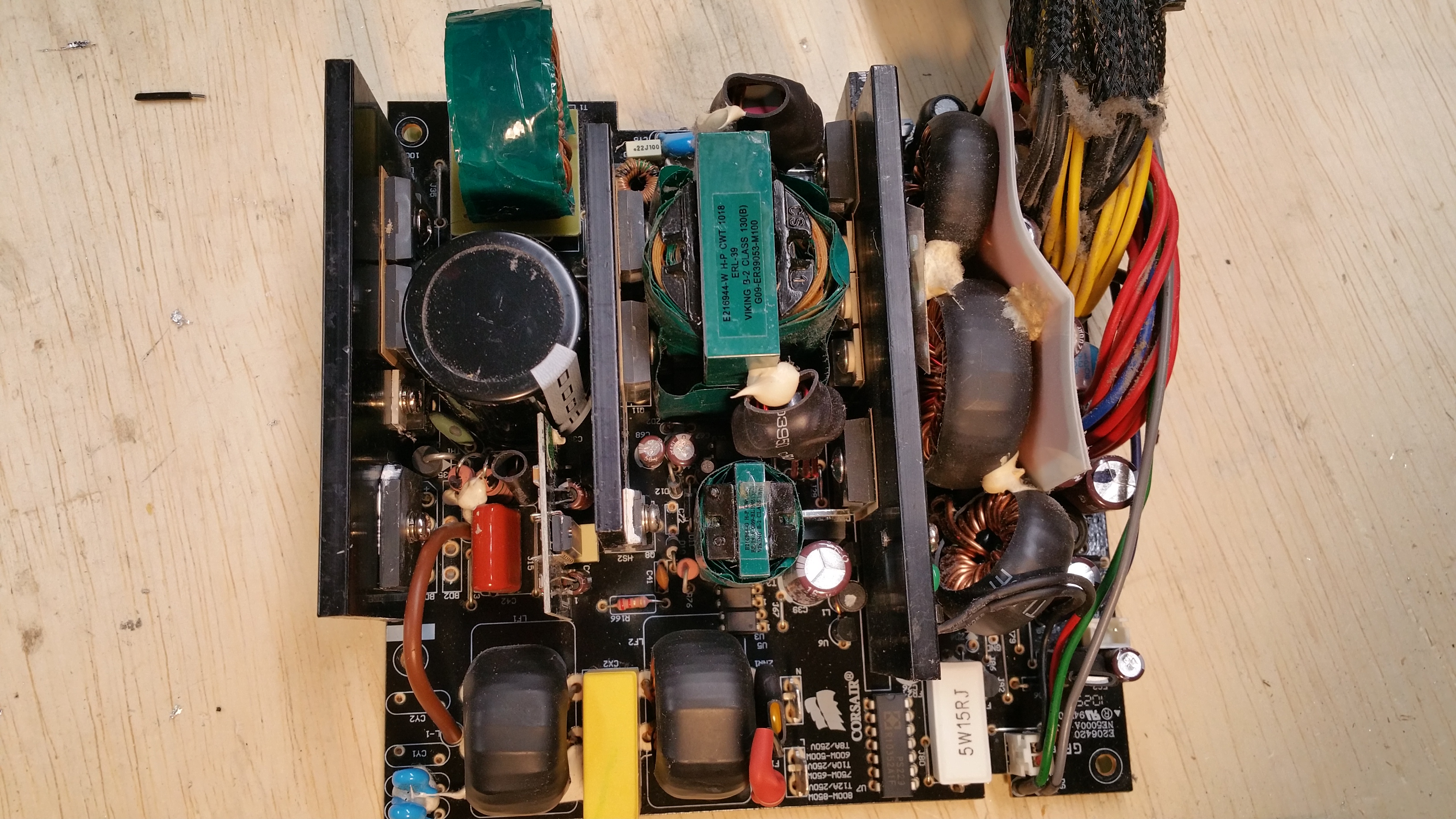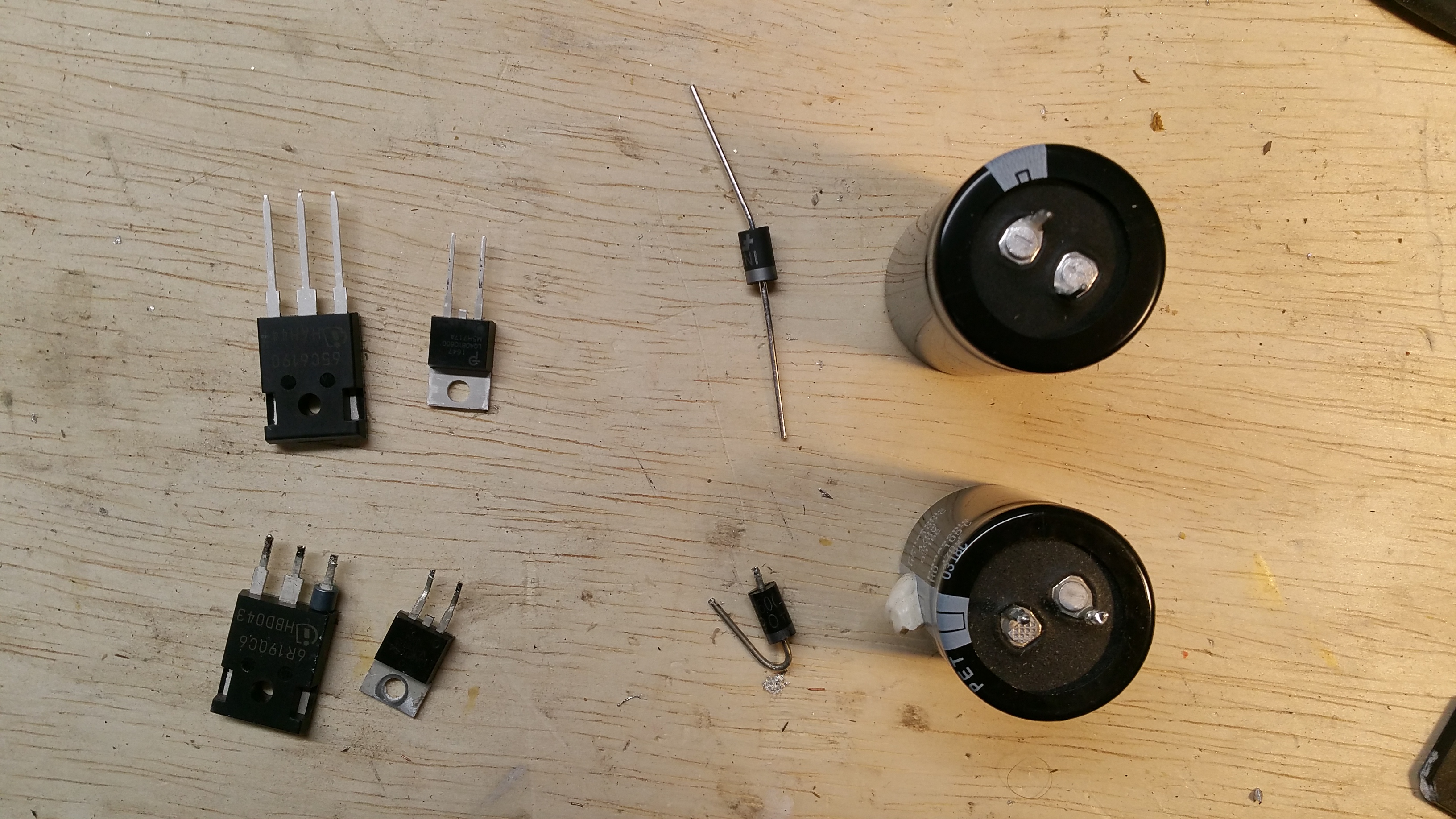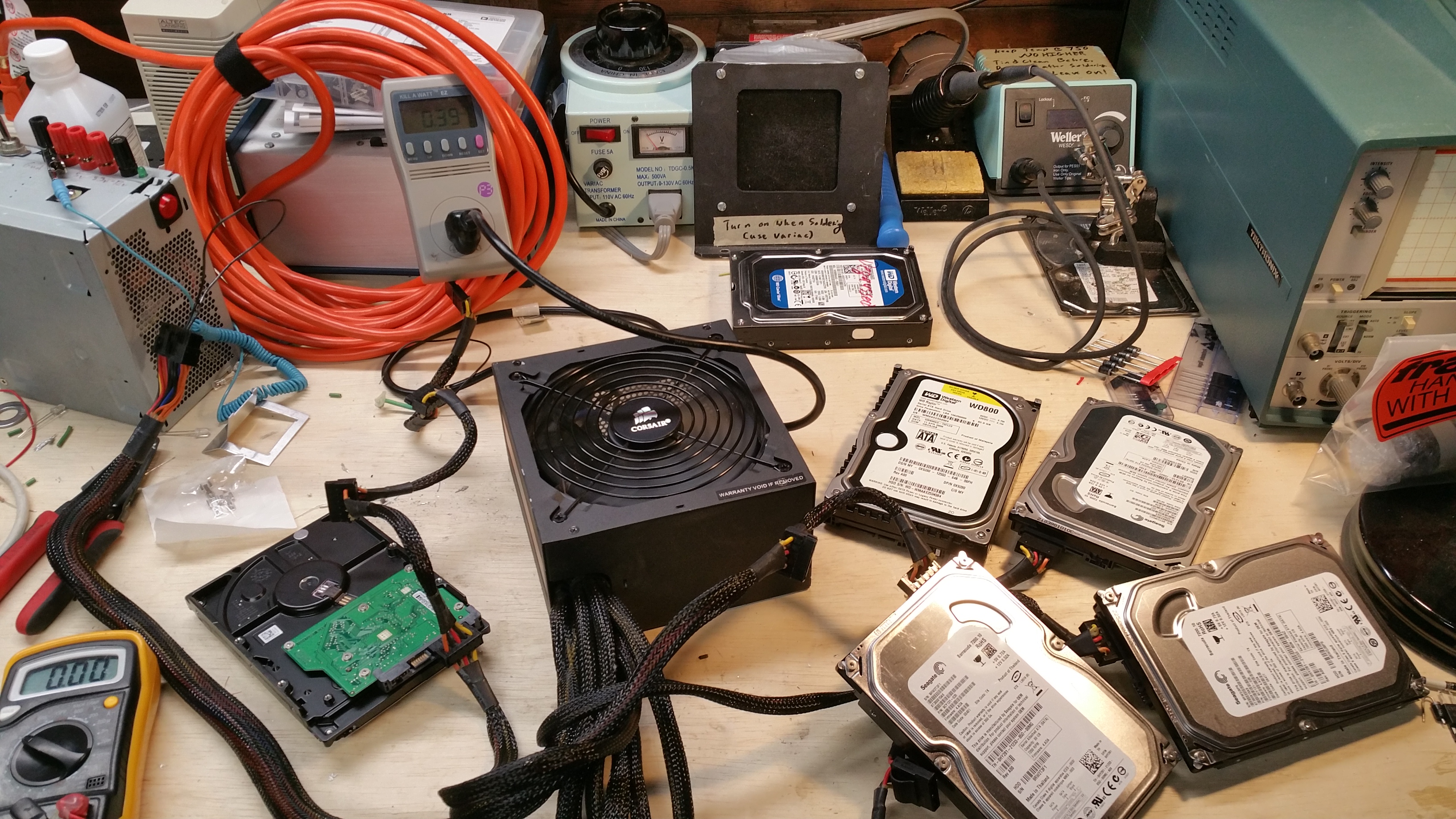Repairing a Corsair 750 TX ATX Power Supply
Introduction
I built my first desktop somwhere between middle and high school, after struggling though games like Half-Life 2, Portal, and Team Fortress 2 on an old Dell Dimension 4770. That old machine barely supported PCIe GPU – the other desktop I had salvaged from my school’s tech waste required AGP cards and was not much older! With limited options, the ‘aftermarket’ GPU I added to the system was an ATI Radeon 4670 (before the graphics company was owned by AMD!), and in spite of it’s own limitations was likely bottenecked by the Pentium 4 and a measly 2.5 GB of main memory.
Suffice to say, the rig I built in 2010 far and away outgunned the Dell box. A quad-core (unlocked, thanks AMD!) Phenom II 955 with a whole 4GB of main memory, and an AMD 5770 GPU to top things off! All of this power-hungry hardware required a new power supply unit (PSU), the very same of which is the star of this blog post…

The Corsair TX 750 served the power needs for my main desktop for over 5 years, just past the end of the official warrantly offered by Corsair. Considering that I was routinely my AMD CPU as a room heater during cold winters for two years, it held out pretty well.
Eventually, though, the PSU started to show signs of trouble: the odd shutdown here, needing to power cycles two or three times to have the system POST, and finally, in the words of AvE, complete “failure to chooch.” As a college student with limited budget and a computer engineer in-training, I decided that this would be a good opportunity to repair the PSU rather than replacing it.
Disclaimer
If you decide to go poking around in electronics, whether yours or someone else’s, be prepared to take responsibility for any damage that may ensue. Most computer components are harmless in terms of potential for personal harm, but power supplies are different. Because they convert mains power (120-240 volt AC), circuitry in the PSU can still hold charge at dangerous voltage levels. Take precautions and proceed at your own risk only if you understand the dangers.
Finding the Fault

In spite of having taken a few courses by this point in the Electrical Engineering program at my university, I have not previously debugged a power delivery circuit of this complexity before. So, I consulted the two best tools known to engineers and trouble-shooters: Google and StackOverflow!
These resource guided me to check for shorted semiconductor components – this indicates a dead diode or mosfet. Checking the active power factor correction circuit (aPFC) yeilded a shorted capacitor, a dead MOSFET, and a dead diode. Aside from these components, I also had to replace the input fuse since the failed components had caused a short from the mains inputs.

The fried components and their replacements are in the photo above - note that the large capacitor buffers charge at mains voltage levels, so you need to be careful when testing and removing the old one. It could still hold a charge even after the PSU has been unplugged.
Working and Brighter than Ever!
Once the new parts were in, I tested the power supply and found it to be supplying voltages on each of the 3.3, 5, and 12 volt power rails within the ATX specification. As an informal load test, I connected a bunch of hard drives and powered all of them on at once (image below).

Overall this repair turned out to not be too difficult to troubleshoot and repair, minus having to wait for the replacement parts to arrive in the mail. I even noticed that the PSU’s cooling fan included a few slots for LEDs, which I happily soldered in!
update: As of early 2019, it seems that the supply is once again faulty or that the system I have it in has an unstable motherboard. Still, it was good to get several additional years our of this system.
Reminder to Be Careful
In this post, the parts I had to replace were all in the high-coltage part of the PSU’s circuitry. I made sure to discharge all capacitors and check voltages before physically touching any components or de-soldering them. If you are trying out similar repairs, take similar precautions and know the risks.